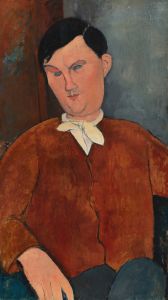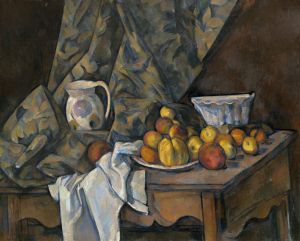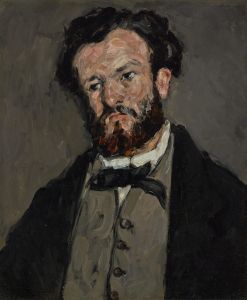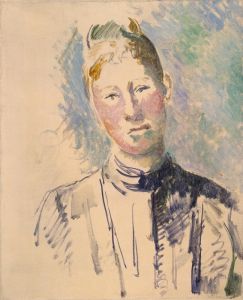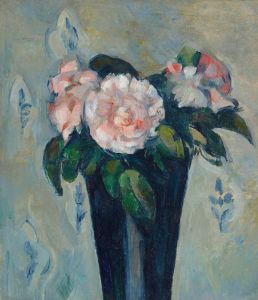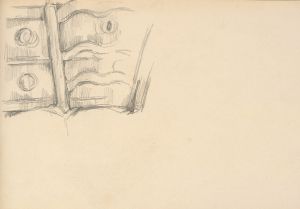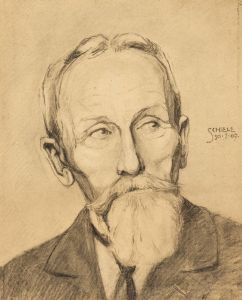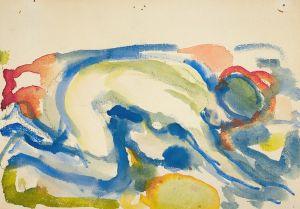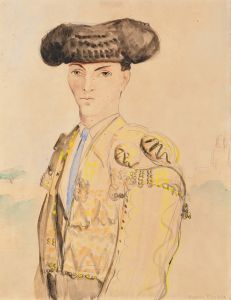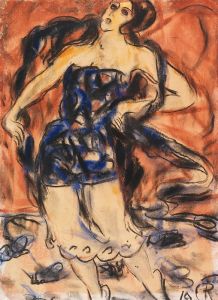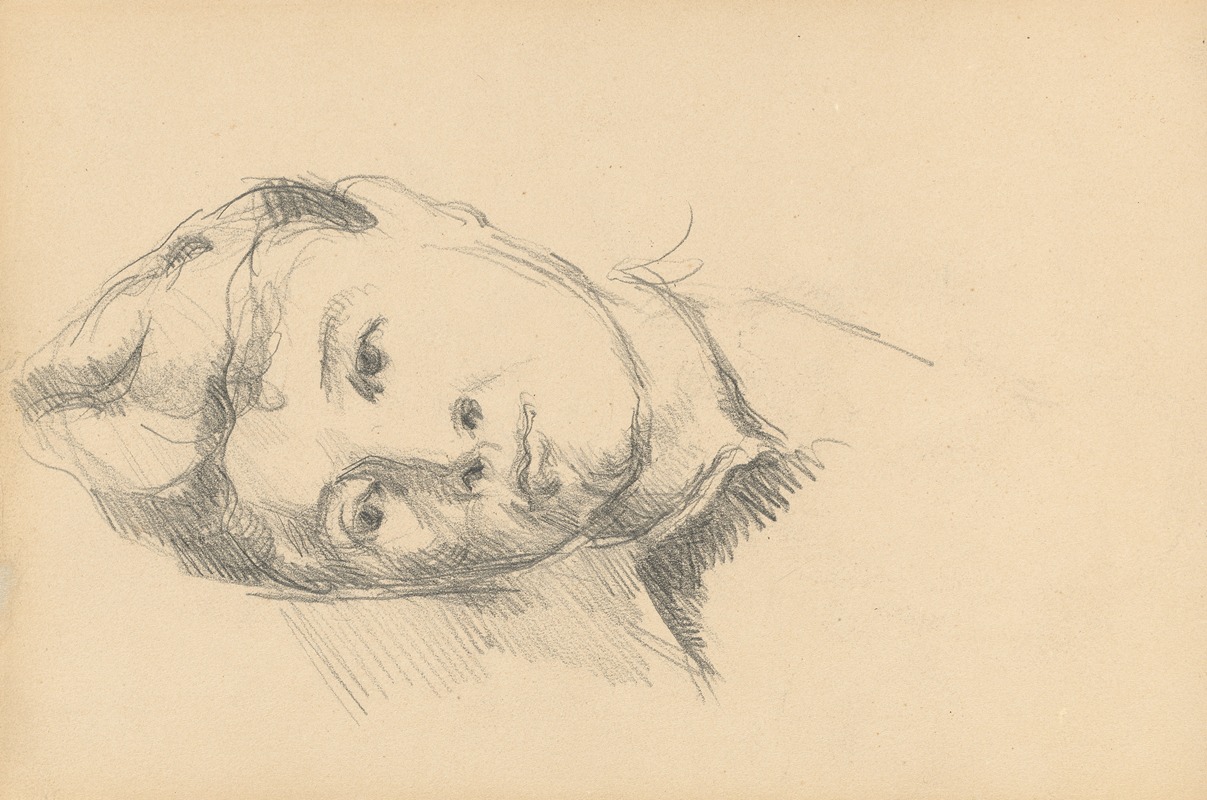
Madame Cézanne
A hand-painted replica of Paul Cézanne’s masterpiece Madame Cézanne, meticulously crafted by professional artists to capture the true essence of the original. Each piece is created with museum-quality canvas and rare mineral pigments, carefully painted by experienced artists with delicate brushstrokes and rich, layered colors to perfectly recreate the texture of the original artwork. Unlike machine-printed reproductions, this hand-painted version brings the painting to life, infused with the artist’s emotions and skill in every stroke. Whether for personal collection or home decoration, it instantly elevates the artistic atmosphere of any space.
Madame Cézanne by Paul Cézanne
Madame Cézanne is the title commonly used to refer to a series of portraits painted by the French Post-Impressionist artist Paul Cézanne. These works depict Hortense Fiquet, Cézanne's wife and frequent model. Over the course of their relationship, Cézanne created approximately 29 portraits of Hortense, including oil paintings and watercolors. These portraits are considered significant examples of Cézanne's evolving style and his contributions to modern art.
Hortense Fiquet (1850–1922) was a bookseller’s assistant when she met Cézanne in the early 1860s. The couple maintained a long-term relationship and eventually married in 1886, though their relationship was often marked by tension. Despite this, Hortense became one of Cézanne's most important subjects, and her likeness appears in numerous works created between the 1870s and the 1890s.
The portraits of Madame Cézanne are notable for their introspective and subdued quality. Hortense is often depicted seated, with a calm and reserved expression. Cézanne's approach to these portraits reflects his interest in form, structure, and color rather than capturing a detailed likeness or emotional expression. The compositions are typically simple, with Hortense positioned against plain or minimally detailed backgrounds, allowing Cézanne to focus on the interplay of shapes and tones.
One of the most famous examples of this series is Madame Cézanne in a Red Dress (circa 1888–1890), which is housed in the Metropolitan Museum of Art in New York. In this painting, Hortense is shown seated in a red dress with a high collar, her hands resting in her lap. The work exemplifies Cézanne's use of geometric forms and his exploration of the relationship between color and structure.
Cézanne's portraits of Hortense were not widely appreciated during his lifetime. Critics often described them as cold or lacking in emotional depth, reflecting broader misunderstandings of Cézanne's artistic goals. However, these works are now recognized as pivotal in the development of modern art, influencing later artists such as Pablo Picasso and Henri Matisse. Cézanne's focus on the underlying structure of his subjects and his departure from traditional techniques helped pave the way for movements like Cubism and Fauvism.
Today, the Madame Cézanne portraits are held in major museum collections around the world, including the Musée d'Orsay in Paris, the National Gallery of Art in Washington, D.C., and the Museum of Fine Arts in Boston. These works continue to be studied and admired for their innovative approach to portraiture and their role in Cézanne's artistic legacy.





